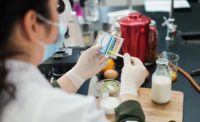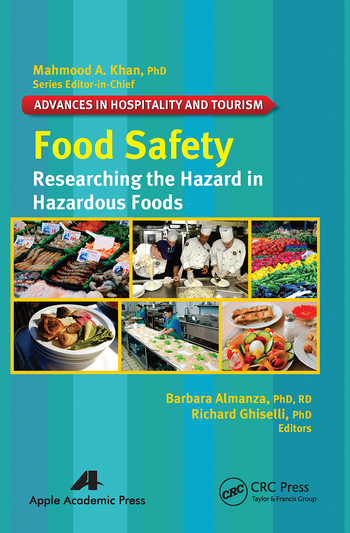THOUGHT LEADERSHIP
R&D: Between the Lines
The starting point for new product success? Expert Nancy Jo Seaton says it begins with specifications and owning your own product profile

Consumers look for products delivering clear and consistent quality, product integrity.
PHOTO CREDIT: Adobe Stock

Nancy Jo Seaton, owner, president, Seaton Food Consultants LLC


Editor’s Note: Although there may be a pandemic-related slowdown, there’s no stopping new product development activity. To better help its readers with initial new product evaluation and development Prepared Foods asked Nancy Jo Seaton, owner and president of Seaton Food Consultants, to create a thought leadership series. Seaton has more than 30 years of food industry experience and most recently led global product evaluation for the Subway restaurants. She also has worked for such global food brands as Chiquita, Unilever and ConAgra.
A life spent in food gives Seaton a unique perspective on consistent product quality. Her many diverse roles from sales to manufacturing to foodservice gave her the opportunity to pioneer an innovative and customized approach to product evaluation. Combining organoleptic assessment with Good Lab Practices she has successfully executed this evaluation system for many years.
This is the first installment in an ongoing series.
Ensuring product consistency is essential to building sales, and your brand. Your retailers are relying on you to deliver a consistent product to their customers and, when you do, the reward is continued sales.
You pour so much effort into getting that first order, but what if the customer doesn’t re-order? After you get your customer to buy something for the first time, what makes them buy it again, and again?
Consistent quality.
Keeping your retail customers coming back for more comes solely from your ability to provide a consistent product over time.
Whether you are working with a third-party manufacturer or your internal team for production, having a detailed description of your product is critical to future success. This is much more than a recipe, it’s a clear description of the final product that you intend to sell to customers.
Step fully into the role of being the master of your product. This line of thinking begins with your “elevator pitch.” What are those few words that you say to someone at a trade show or meeting to make then eager to give your product a try.
Start with defining what makes your product uniquely yours. Is it the ingredients? How it’s made? The packaging, appearance, flavor, aroma? Don’t get caught up in using formal descriptions, rather use your own personal interpretation of the attributes and be consistent with that language.
Being able to completely identify your product before manufacture is essential. Appearance, texture, aroma, flavor, mouthfeel, shelf life, experience upon opening, outcome after cooking or blending. Being able to define each aspect is critical — what MUST it be — to be yours.
Put pen to paper and take some time to put together a complete picture of the item, including photos!
NEXT UP - Crafting Your Product Description
Looking for a reprint of this article?
From high-res PDFs to custom plaques, order your copy today!










